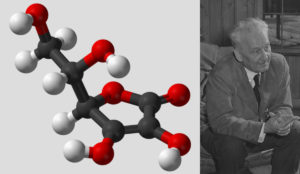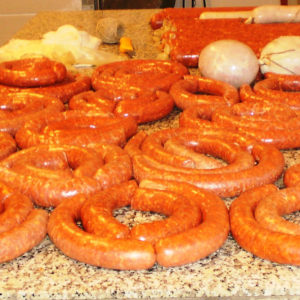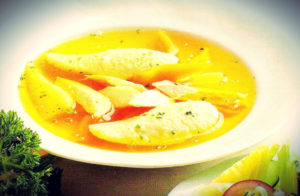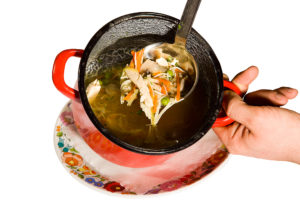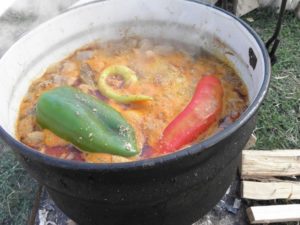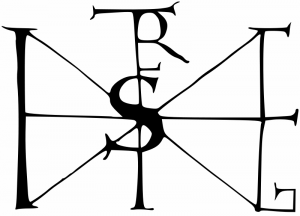The goulash family – “Pörkölt” “Paprikás” and “Tokány”
We don’t always know exactly who the people are who have provided us with some great inventions. And we don’t know who it was who first had the brilliant idea of combining fat, onions, and paprika to create that wonderful harmony of flavors so typical of pörkölt and paprikás dishes.
The goulash family – “Pörkölt” “Paprikás” and “Tokány”
This masterpiece, still a defining factor in Hungarian cuisine today, can undoubtedly be traced back to cooking in a kettle. Fat and onions have been used since at least the Middle Ages. However, gulyás, pörkölt, and paprikás did not appear until the end of the 18th century, when people were just starting to season food with paprika.
The speedy development and enduring popularity of these dishes is easy to understand when you remember that pork fat was used almost exclusively in Hungary in former times, and that its flavor is what makes the fat/onion combination so delicious. That said, there is no cause for concern among the more health-conscious of us — most delicacies lose nothing if vegetable oil is used instead, which the latest nutritional research shows is better for us.
Apart from pörkölt and paprikás, there is another member of the family of dishes that are seasoned with the “trinity” of oil, onions, and paprika, and it probably originated from Transylvania: tokány.
Pörkölt is always made from poultry, pork, beef, mutton, or venison, with fresh beef being the preferred choice. Paprikás is made with lean meat, such as veal, chicken, or rabbit; tokány is usually made with beef, mutton, or venison.
 The difference is in the detail. For pörkölt, the meat is usually diced, and for tokány it is cut into short, thin strips. Pörkölt usually has more sauce than tokány. Despite its name, paprikás usually contains less paprika than pörkölt, and it is made with sour cream for extra finesse. Tokány is almost always made without paprika; instead, it contains other seasonings, such as black pepper and marjoram, which are never found in pörkölt and paprikás dishes.
The difference is in the detail. For pörkölt, the meat is usually diced, and for tokány it is cut into short, thin strips. Pörkölt usually has more sauce than tokány. Despite its name, paprikás usually contains less paprika than pörkölt, and it is made with sour cream for extra finesse. Tokány is almost always made without paprika; instead, it contains other seasonings, such as black pepper and marjoram, which are never found in pörkölt and paprikás dishes.
More :
Hungarian peppered tokány recipe
Hungarian veal paprikasch recipe



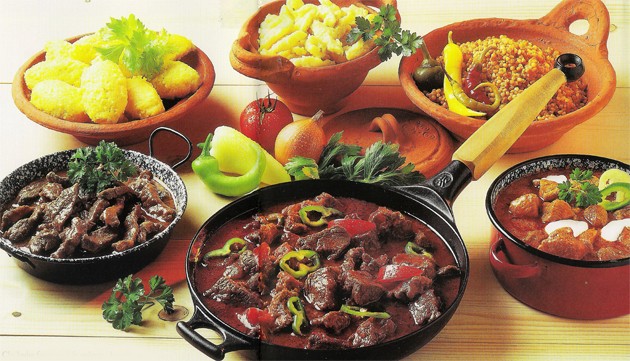
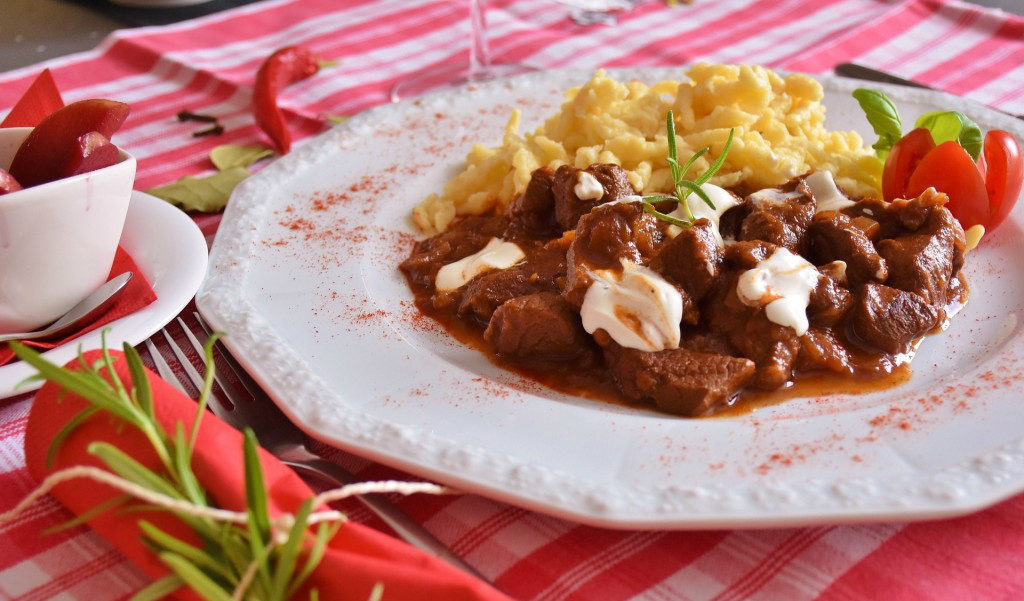
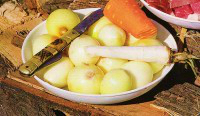 The difference is in the detail. For pörkölt, the meat is usually diced, and for tokány it is cut into short, thin strips. Pörkölt usually has more sauce than tokány. Despite its name, paprikás usually contains less paprika than pörkölt, and it is made with sour cream for extra finesse. Tokány is almost always made without
The difference is in the detail. For pörkölt, the meat is usually diced, and for tokány it is cut into short, thin strips. Pörkölt usually has more sauce than tokány. Despite its name, paprikás usually contains less paprika than pörkölt, and it is made with sour cream for extra finesse. Tokány is almost always made without 
